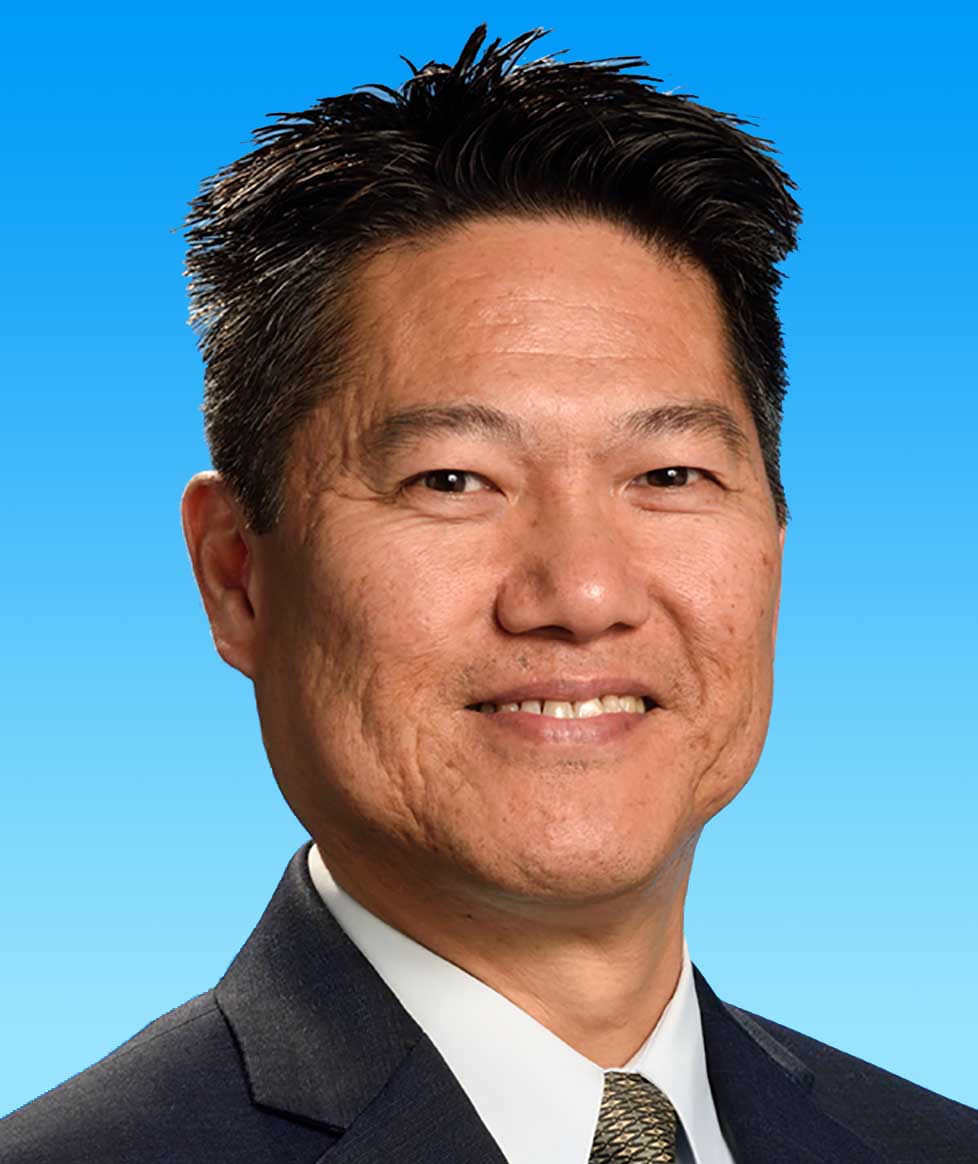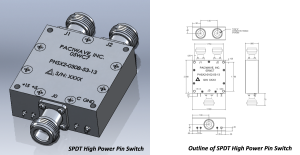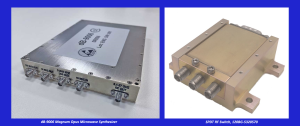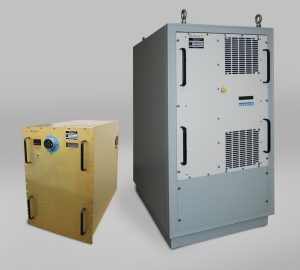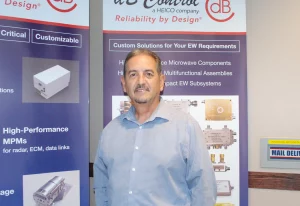dB Control’s Mike Lee Looks into the Future of TWTs and TWTAs
a Q&A with Mike Lee, Vice President, Sales and Marketing, dB Control
(This article originally appeared in the October 2023 issue of Microwave Product Digest)
MPD: How is the market for TWTs holding up today, eight decades after this device was invented?
ML: Remarkably well. We’ve seen tremendous growth in both commercial and defense markets and in research and development, which is undoubtedly surprising to anyone not knowledgeable about these devices. In fact, the overall market today is stronger than it has been in years, and I think there are clear reasons why this is the case.
dB Control doesn’t manufacture TWTs, which allows us to survey all the available products to find the best TWT solutions to meet specific customer requests for our amplifiers. In this process, it’s possible to get a very good idea about the technologies driving the TWT forward and where it’s headed.
For example, the so-called commercialization of space has created a growing need for TWTs, primarily for satellites in geosynchronous orbit that require a lot of RF power. Another evident and unfortunate factor is Russia’s war on Ukraine, which is expending the U.S. and Europe’s resources that must be replaced as quickly as possible. This trickles down to TWTs and TWT amplifiers (TWTAs that are extensively used in systems ranging from EW to radar and electronic countermeasures).
MPD: Have you experienced any of the supply chain issues the electronics market has suffered in the last few years?
ML: Although TWTs and TWTAs are vastly different from most other technologies, they have similarities in the materials used to make them, and their availability and cost have been increasing over the last few years. A good example is the rare earth metals samarium, cobalt, and others such as iron, copper, and zirconium.
TWTs use samarium and cobalt in magnets used to focus the electron beam, and other rare metals may also be used. While we’re not immune to market forces that have made these elements prized commodities, vacuum electron devices like TWTs use them in small amounts, so supply chain disruption has not affected us as dramatically as in other markets.
MPD: What is the most important performance metric today for TWT amplifiers?
ML: Achieving higher efficiency tops the list. The higher the efficiency becomes, the less DC power required to deliver a specific RF output power. This becomes a critical factor in platforms where the power supply is limited. It’s also crucial for space platforms that rely on solar power. As a result, TWTs have gone from three-stage collectors to even five-stage collectors to increase efficiency.
Fifteen years ago, TWT efficiency was about 20%, but today it’s twice that and climbing. Ground-based EW systems are also a case in point because they rely on generators that run on diesel. If you are in-theater, you must remain in operation for as long as possible without refueling because fuel trucks are prime targets. The same is valid for manned and unmanned airborne platforms, especially smaller ones in which space and power are inherently limited.
MPD: Is there a demand for TWTs that operate at higher frequencies in the millimeter-wave region?
ML: There certainly is, because vast amounts of bandwidth are available in this region, and the satellite industry will soon need it, if it doesn’t already, to accommodate all the data that services require. At the moment, the need is satisfied by spectrum up to the Ka-, Q- and V-band. Still, more is needed in the future, so an enormous amount of R&D is being conducted to advance the TWT state of the art to meet the requirements of systems operating at much higher frequencies, even up to W-band and E-band. There is also increasing interest in wider bandwidths from DoD to meet the needs of next-generation EW and other systems and imaging applications.
MPD: Do these present technical challenges different from those at lower frequencies?
ML: Manufacturing TWTs has always been labor intensive, and this becomes even more challenging at higher frequencies because everything is inherently smaller, requiring higher levels of precision in machining to produce the finished product. Most TWTs we use have a helix structure. It’s a thin wire or ribbon wound into a spiral that slows down the electron beam as it transits the tube to amplify the signal. Helices are already difficult components to work with at lower frequencies, and at frequencies like V-band, they’re incredibly thin and delicate.
As demand for higher frequencies increases, traditional TWT manufacturers are innovating, and there are even several start-up companies that are using approaches to manufacturing that are wafer-scale and use fabrication processes like those for semiconductor devices. Instead of using a helix-type structure, we see slow-wave structures as folded waveguides that are metal tubes bent over or in a zigzag pattern. This allows the waveguide to be shorter than a traditional waveguide of the same length. Achieving TWTs at higher frequencies will require techniques like these, a massive departure from how the various types of traditional TWTs have been manufactured.
MPD: Are GaN-on-SiC power amplifiers encroaching on markets traditionally served by TWTs?
ML: There are two facets to this answer. First, we use GaN devices in our MPMs as driver amplifiers, so they’re complementary rather than conflicting technologies in this case. However, although GaN MMICs have advanced dramatically, they deliver very low RF output power at higher frequencies, while TWTs can produce kilowatts.
Having said this, GaN has already begun to permeate the market at lower frequencies, such as L-band, where a 6-kW pulsed L-band device is available. While arguably an astonishing achievement, this single device, even with drain efficiency up to 75%, still draws more than 150 A. And this is at L-band, not Ka-band, where devices like this seem a long way off. I think it’s safe to say that GaN, or even GaAs, devices will continue to own applications like LEO satellites that are small compared to those further out in space and don’t need that much RF power as they’re much closer to Earth. I don’t expect TWTs to play a role in the LEO market, which is fine because TWTs are focusing on different applications at higher frequencies where their unique characteristics make them the only viable choice.
About the Author
Mike Lee is vice president of sales and marketing at dB Control. He has more than 25 years of RF and microwave experience developing relationships with companies whose specifications require high-power TWTAs, MPMs, power supplies, contract manufacturing services, or repair depot services. Prior to joining dB Control, Lee worked at Comtech, Xicom Technology, and IBM where he received a U.S. patent for his electrical circuit design. He received his BS in electrical engineering from The City College of New York.

